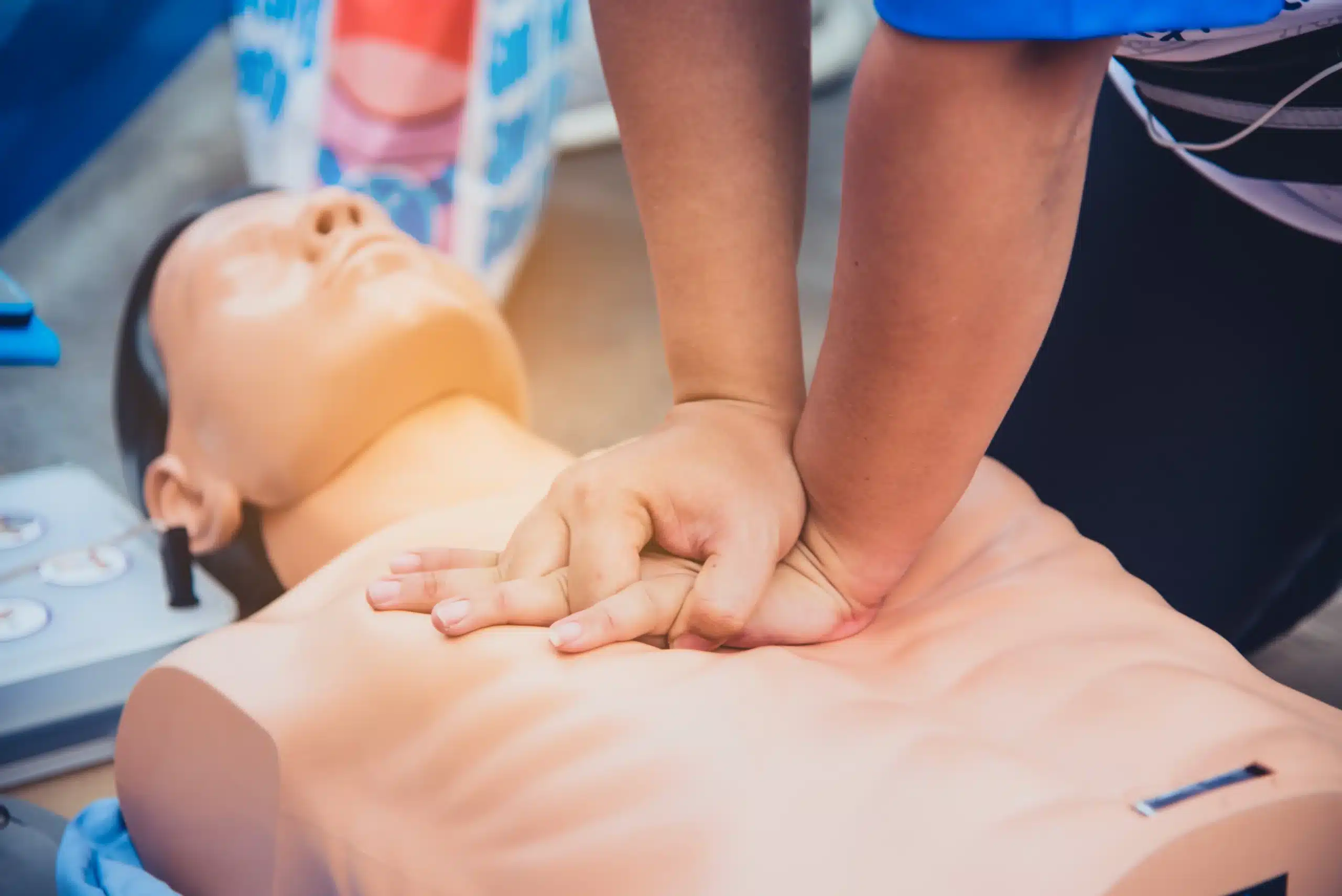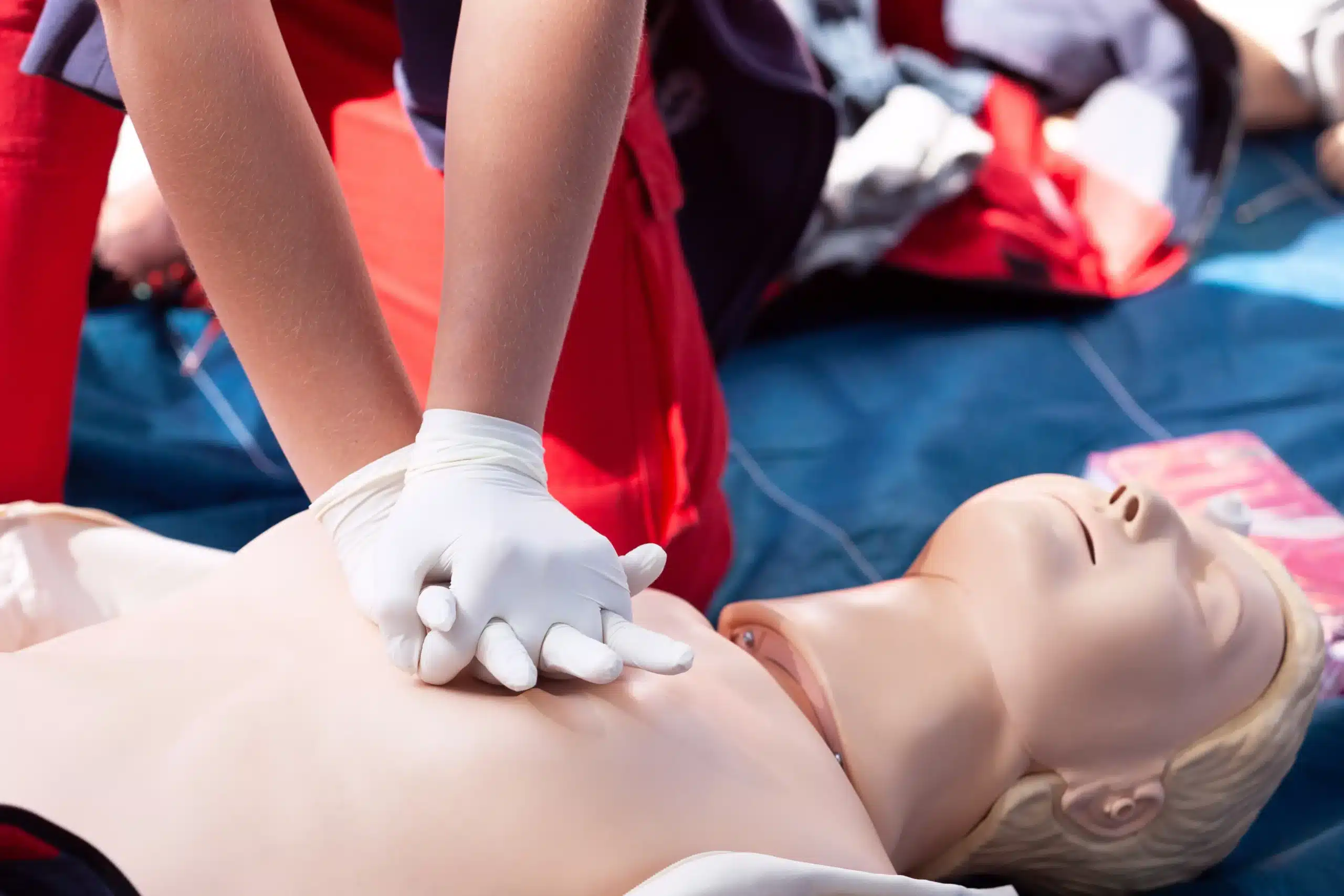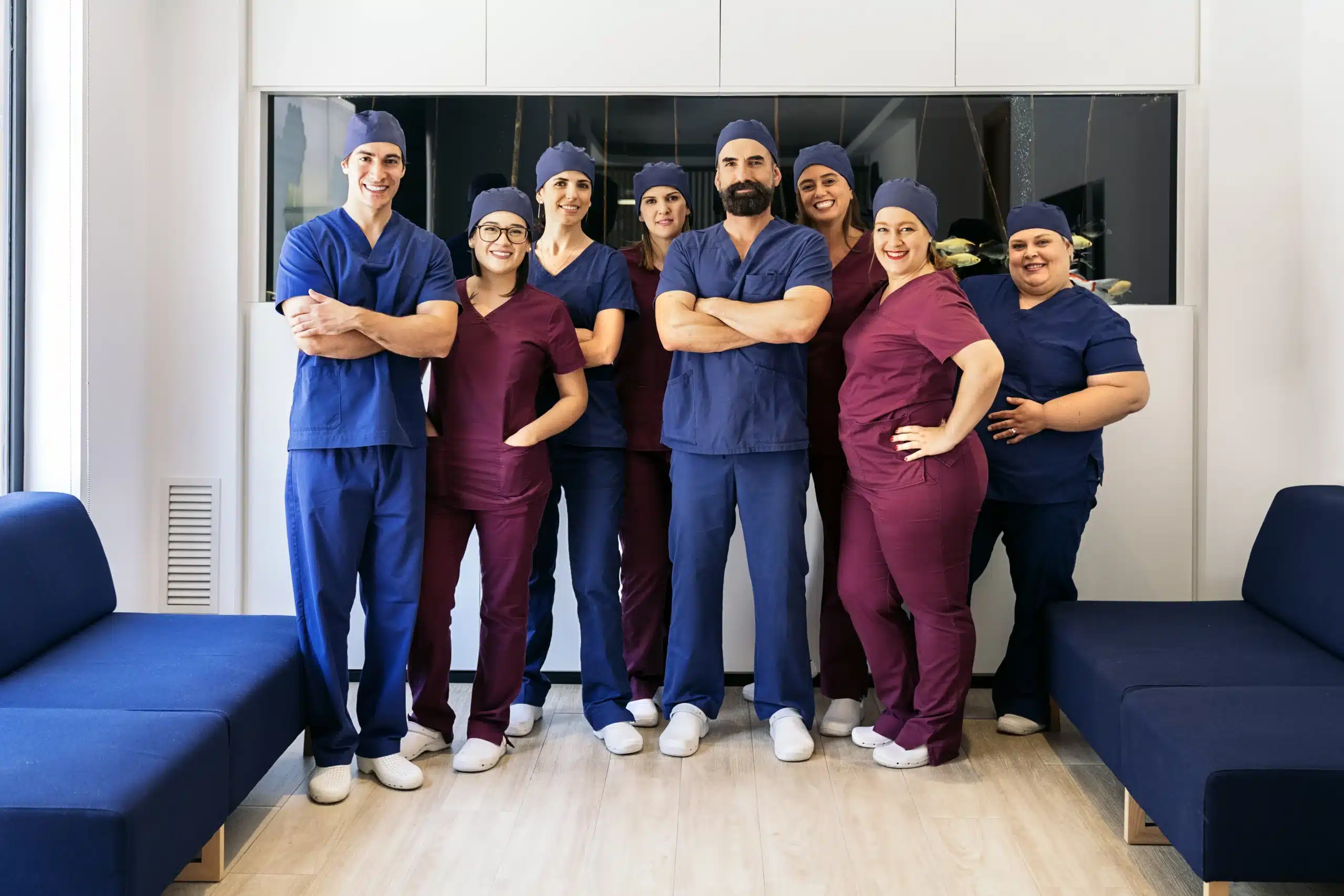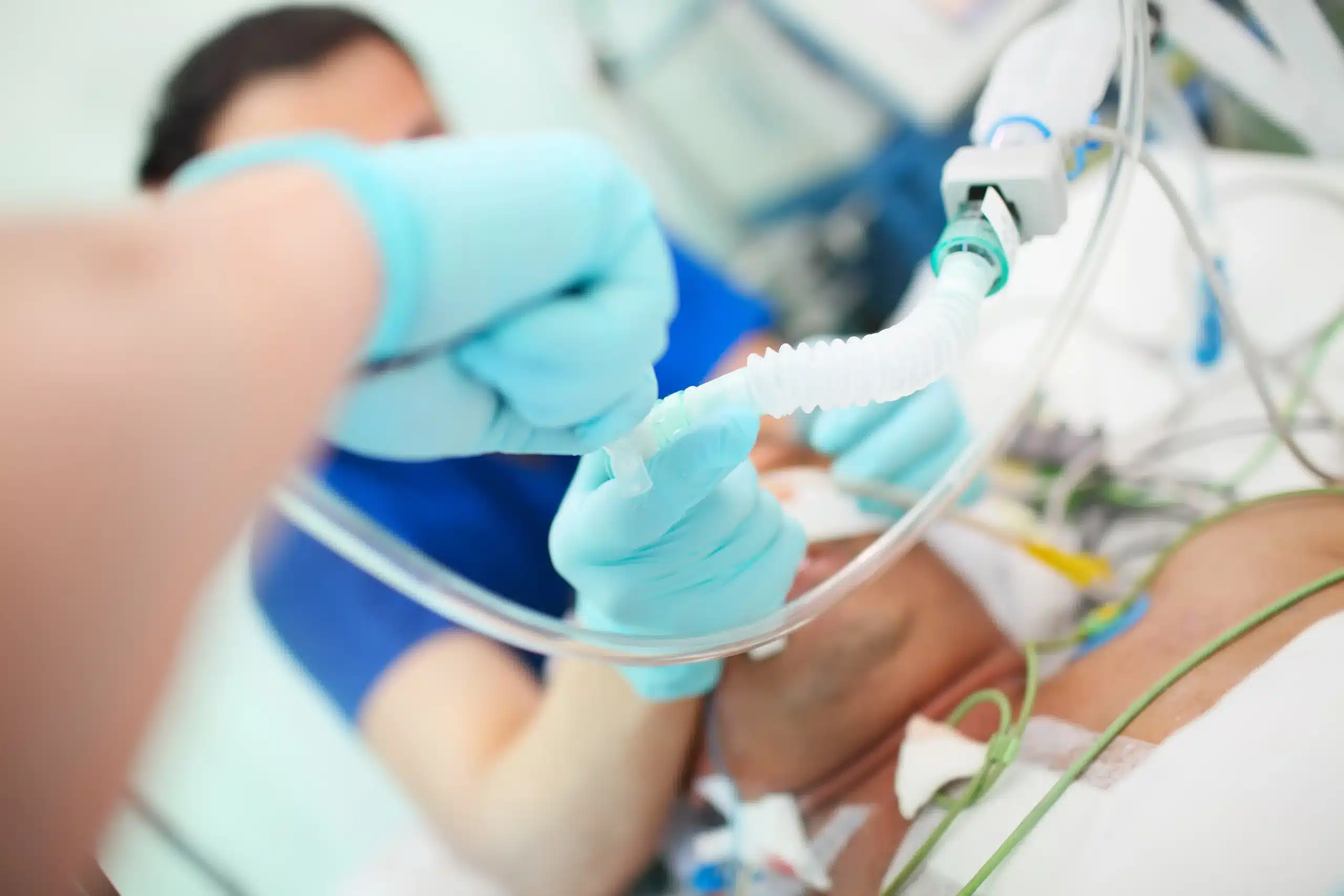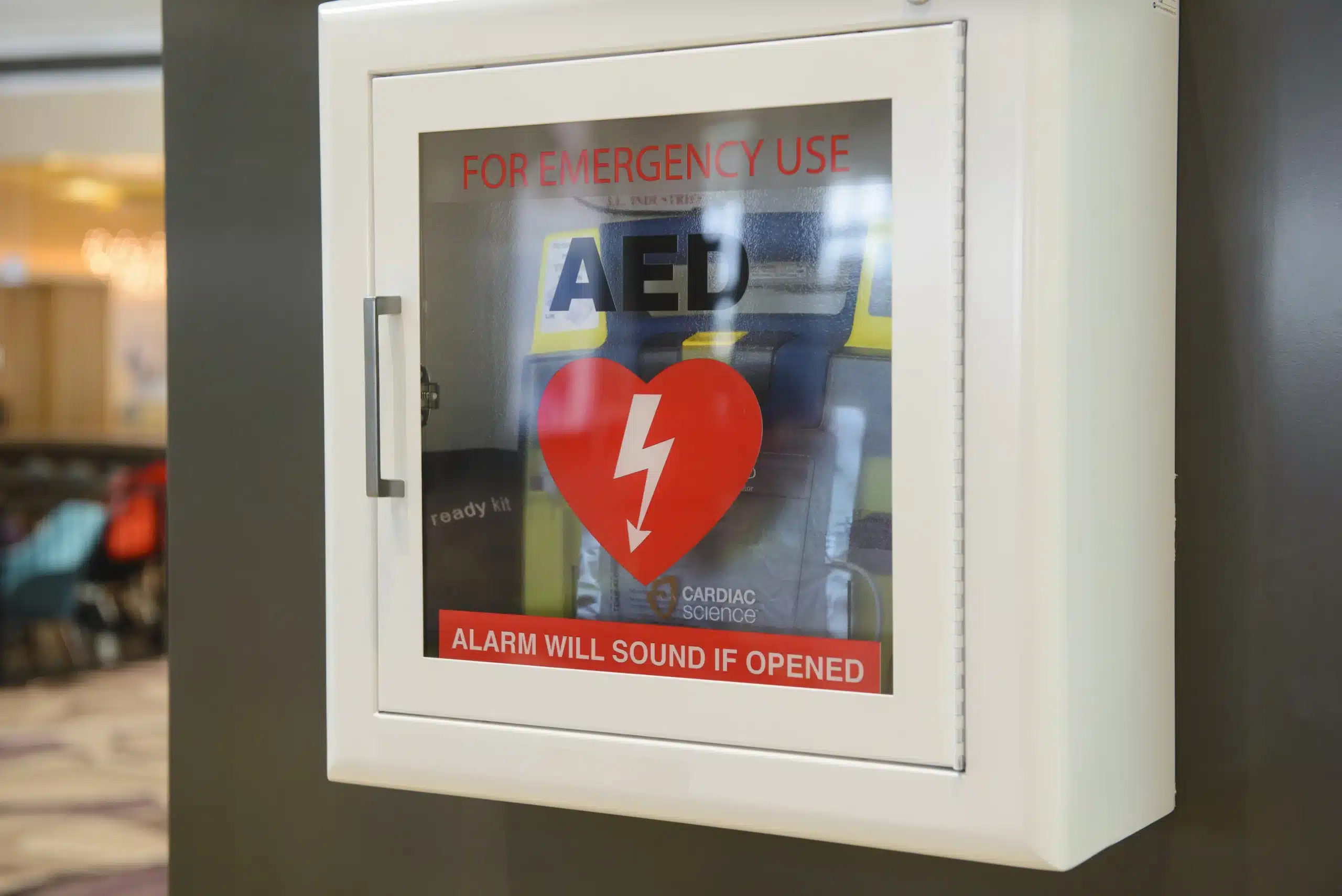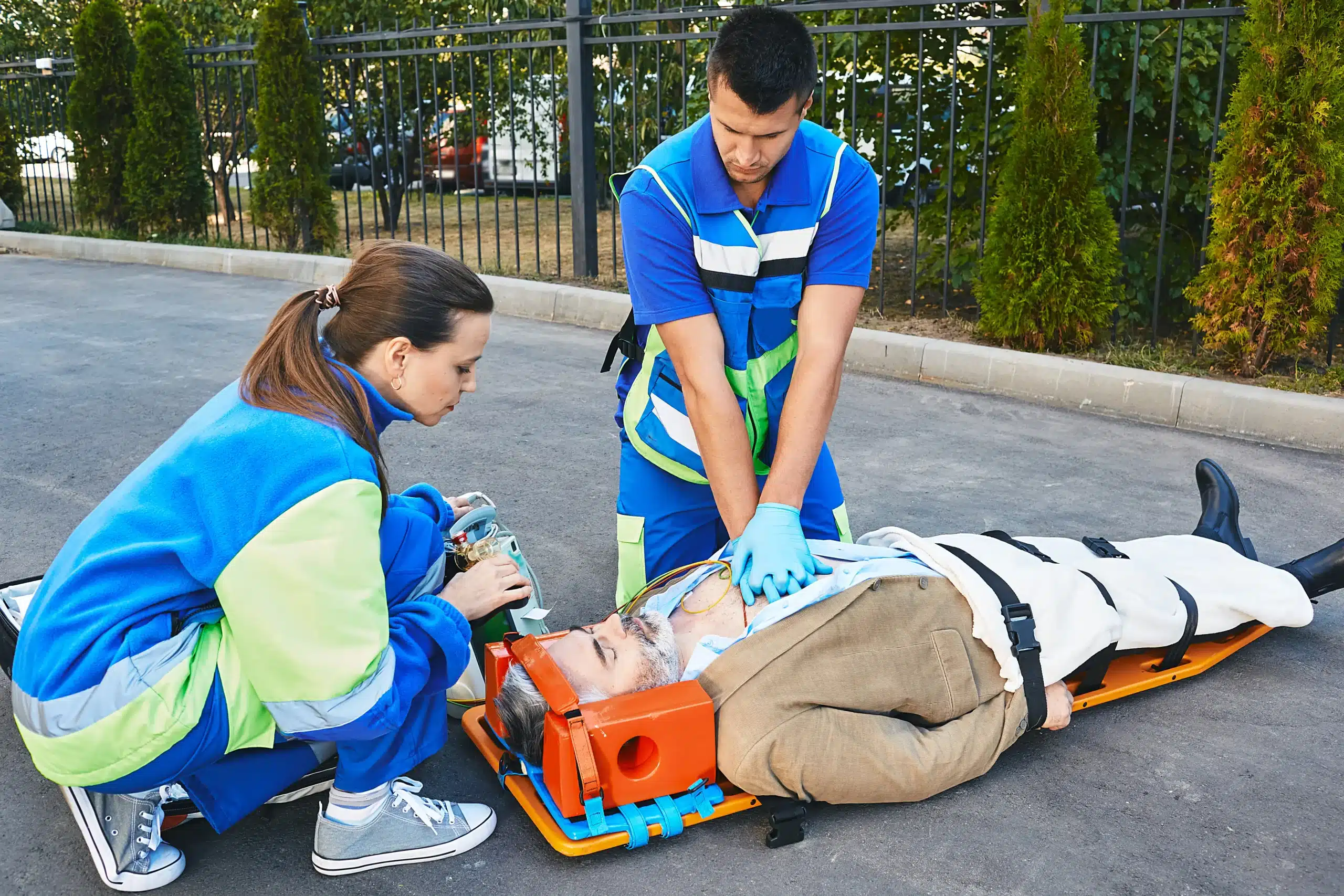Accidents happen, especially with kids. A fall on the playground, a choking incident at dinner, or a sudden allergic reaction can quickly turn a normal day into a scary one. Being prepared for these situations is crucial, and that’s where pediatric CPR and first-aid training in Millbrae comes in. This training equips you with the skills and knowledge to respond effectively in medical emergencies, potentially saving a child’s life. This guide will cover everything you need to know about pediatric CPR and first-aid in Millbrae, from finding the right class to understanding the essential skills you’ll learn. We’ll also discuss the benefits of this training, not just for the children in your care but for your own peace of mind as well.
Key Takeaways
- Pediatric CPR and first-aid skills are crucial for anyone caring for kids: Equipping yourself with these skills allows you to confidently respond to emergencies and provide immediate care when a child’s health is at stake. Find a class format—in-person, blended, or online—that works best for you.
- Select a training provider carefully: Look for certified instructors with practical experience, ideally with medical or emergency response backgrounds. AHA-certified courses ensure high-quality instruction, and checking for low-price guarantees can make training more accessible.
- Hands-on practice builds confidence: Mastering these life-saving skills requires more than just theory. Choose a class that emphasizes hands-on training with child mannequins and equipment, giving you the practical experience you need to react effectively in real-life situations.
What is Pediatric CPR and First-Aid?
Pediatric CPR and First-Aid training gives you the skills to respond to medical emergencies involving infants and children. It’s essential for anyone working with or caring for kids, from parents and nannies to teachers and camp counselors. These courses cover life-saving techniques, including CPR for infants and children, how to use an automated external defibrillator (AED), and how to handle common childhood injuries and illnesses. Pediatric First-Aid training teaches you to recognize and respond to various situations, such as choking, allergic reactions, and wounds.
You’ll learn age-appropriate first-aid techniques and gain the confidence to act quickly and effectively during an emergency. Pediatric Advanced Life Support (PALS) training provides more specialized training for healthcare providers, covering advanced life support interventions. Whether you’re a parent wanting to be prepared or a healthcare professional needing certification, understanding the basics of first-aid can make a real difference. First-aid training empowers you to protect the children in your care.
Find Pediatric CPR & First-Aid Classes in Millbrae
Finding the right pediatric CPR and first-aid class in Millbrae can feel overwhelming, but several excellent resources are available. Whether you prefer a traditional classroom or in-home training, there’s an option to fit your needs and schedule.
Safety Training Seminars
Safety Training Seminars offers comprehensive CPR and first-aid training, including BLS, ACLS, PALS, and CPR/First-Aid certification. As a woman-owned American Heart Association Training Center, they prioritize high-quality instruction and convenient scheduling, with classes offered every day of the week. This makes it easy for busy parents and caregivers in Millbrae, Daly City, and San Mateo to find a class that works. They also offer a low price guarantee.
In-Home CPR
For a more personalized experience, In-Home CPR brings the training to you. They offer CPR, first-aid, and BLS certification in the comfort of your Millbrae home or office. This flexible approach is perfect for those with demanding schedules or who prefer a smaller, more focused learning environment.
Adams Safety
If your focus is specifically on pediatric CPR and first aid, Adams Safety is a great option. They specialize in equipping caregivers with the skills to handle emergencies involving children. Their pediatric first-aid training emphasizes practical knowledge and building confidence for real-life situations.
Millbrae CPR Classes
Millbrae CPR Classes provides a variety of first-aid training, including CPR and first-aid certification. Their streamlined online registration makes signing up for a class quick and easy.
American Red Cross
The American Red Cross is a well-respected provider of pediatric first aid, CPR, and AED certification. Their certification is widely recognized and often a requirement for many organizations. These courses are a solid option for comprehensive training.
Local Fire Department Programs
Check with the Millbrae Fire Department for CPR classes offered within the community. These programs are often a valuable resource for residents and can provide essential life-saving skills training at a convenient location. They’re a great option for those seeking affordable or community-focused training.
What Happens in a Pediatric CPR & First-Aid Class?
Knowing what to expect can help you feel prepared and confident going into a pediatric CPR and first-aid class. Here’s a glimpse into a typical class:
Class Format and Duration
Pediatric CPR and first-aid classes usually follow a blended learning approach. This means you’ll combine online coursework with in-person skills practice. The online portion covers essential concepts and allows you to learn at your own pace. Then, you’ll attend a hands-on session with a certified instructor to practice your skills. A pediatric CPR AED certification class typically lasts around two and a half hours. You can find more information on CPR classes in Millbrae.
Key Skills You’ll Learn
In a pediatric CPR class, you’ll learn how to recognize the signs of a child in distress and respond effectively. You’ll cover techniques for infant and child CPR, including rescue breaths and chest compressions. The class will also teach you how to use an automated external defibrillator (AED) on a child safely. For healthcare providers, Pediatric Advanced Life Support (PALS) certification provides more advanced training for managing pediatric emergencies. First-aid training covers common childhood injuries and illnesses, such as choking, allergic reactions, and wounds.
Hands-On Practice
Hands-on practice is a crucial part of any CPR and first-aid class. You’ll have the opportunity to practice your skills on child mannequins in a safe and controlled environment. This allows you to build muscle memory and gain confidence in your abilities. For more information on hands-on CPR training, check out Safety Training Seminars’ Facebook page.
Get Your Certification
Upon successful completion of the course, you’ll receive a certification card. The American Heart Association RQI program is a popular choice for healthcare professionals seeking BLS, ACLS, and PALS certification. This certification validates your skills and knowledge, demonstrating your readiness to provide crucial care in emergencies.
Instructor Qualifications & Experience
Knowing your instructor’s qualifications is key when choosing a pediatric CPR and first-aid class. You want someone with the right credentials and experience to teach these lifesaving skills. Here’s what to look for:
Medical Background
Instructors with medical backgrounds, such as EMTs and paramedics, bring real-world experience to the classroom. They’ve encountered various medical emergencies firsthand, giving them practical insights beyond the textbook. This experience allows them to provide relevant examples and answer your questions effectively. In-Home CPR prioritizes instructors with this type of experience.
AHA Certification
The American Heart Association (AHA) sets the standard for CPR and first-aid training. Ensure your chosen class is AHA-certified. This means the curriculum adheres to the latest AHA guidelines, and your certification will be widely recognized. Safety Training Seminars offers AHA-certified courses in Millbrae, covering CPR, BLS, ACLS, and PALS.
Emergency Response Experience
Instructors with emergency response experience can provide invaluable insights into real-life scenarios. They can share their experiences and offer practical tips for handling emergencies. Safety Training Seminars is a woman-owned AHA Training Center with instructors who have this crucial experience.
Interactive Teaching
A hands-on, interactive learning environment is crucial for mastering CPR and first-aid skills. Look for classes that incorporate demonstrations, practice scenarios, and opportunities to ask questions. Safety Training Seminars emphasizes hands-on training led by certified experts, ensuring you gain the confidence to apply your skills effectively. This interactive approach makes learning more engaging and helps you retain information better.
Benefits of Training
Knowing how to respond to a medical emergency can make all the difference, especially when children are involved. Pediatric CPR and first-aid training offers a range of benefits that extend beyond the classroom, empowering you to act quickly and effectively in critical situations. Let’s explore some of the key advantages:
Save Children’s Lives
Pediatric Advanced Life Support (PALS) certification equips you with the skills to handle pediatric emergencies. This specialized training provides the knowledge and hands-on practice necessary to assess a child’s condition and perform life-saving interventions. From airway management to CPR techniques tailored to infants and children, PALS training can be the key to a positive outcome.
Gain Confidence in Emergencies
Picture this: a child in your care experiences a sudden medical emergency. Would you know what to do? Pediatric first-aid and CPR training empowers you to respond confidently and effectively under pressure. It replaces panic with preparedness, giving you the tools to assess the situation, provide immediate care, and remain calm until professional help arrives.
Understand Child-Specific Needs
Children aren’t just small adults; their bodies react differently to illness and injury. Pediatric first-aid and CPR training addresses these unique needs, teaching you how to recognize and respond to age-specific medical issues. This specialized knowledge is invaluable for parents, caregivers, and anyone working with children.
Prepare for Common Emergencies
From choking hazards to sudden allergic reactions, children are susceptible to a variety of unexpected events. First-aid training prepares you for these common emergencies, equipping you with practical skills to manage injuries, illnesses, and other urgent situations. Knowing how to control bleeding, treat burns, and provide basic wound care can significantly reduce the risk of complications.
Promote Safety Awareness
Learning pediatric CPR and first-aid isn’t just about responding to emergencies; it’s about fostering a culture of safety. Paediatric first-aid training increases your awareness of potential hazards, allowing you to create safer environments for children. By understanding the risks and taking preventative measures, you can minimize the likelihood of accidents and injuries.
Enhance Community Safety
When more people in a community are trained in CPR and first-aid, everyone benefits. CPR and first-aid training contributes to a more prepared and resilient community, where individuals are equipped to assist in medical emergencies. This collective preparedness can create a safer environment for children and adults alike.
Choose the Right Class
Finding the right pediatric CPR and first-aid class is crucial for an effective learning experience. Consider these factors when making your decision:
Class Size and Interaction
Smaller classes often offer more personalized attention from the instructor, allowing you to ask questions and receive direct feedback. Look for classes that emphasize interaction and hands-on practice, like those at Safety Training Seminars, where instructors create engaging environments and encourage students to focus on their specific needs. This focused instruction can be invaluable, especially for parents, nannies, or childcare providers who want to address specific scenarios.
Cost & Low Price Guarantees
CPR and first-aid training is an investment in your skills and the safety of those around you. However, cost is always a factor. Compare pricing between different providers and look for low-price guarantees. Safety Training Seminars offers a low-price guarantee in San Mateo County, ensuring you receive high-quality training at a competitive price.
In-Person vs. Online
Decide whether an in-person or online class best suits your learning style and schedule. In-person classes provide immediate feedback and hands-on practice with equipment. Online or blended learning options, like those available through the RQI program, offer flexibility for busy individuals. Some providers, including Safety Training Seminars, offer blended learning that combines online instruction with an in-person skills session. This approach allows you to learn the material at your own pace and then practice your skills in a real-world setting.
Certification Validity
Ensure the certification you receive is valid and recognized. Check if the course aligns with American Heart Association (AHA) guidelines, as these are widely accepted. Safety Training Seminars offers AHA-compliant courses, providing you with a credible certification upon completion.
Reviews and Testimonials
Reading reviews and testimonials from previous students can give you valuable insights into the quality of instruction and the overall learning experience. Look for comments about the instructor’s professionalism, teaching style, and the effectiveness of the hands-on practice. Positive reviews often highlight the value of a particular class, especially for parents and caregivers. You can find reviews for providers like Safety Training Seminars by searching online or checking their website.
Related Articles
- Pediatric CPR & First-Aid Training in San Mateo – San Mateo CPR Classes
- Pediatric Advanced Life Support (PALS) Training in Millbrae – San Mateo CPR Classes
- First Aid Training Courses in San Mateo: A Complete Guide
- CPR Courses in Millbrae: Your Certification Guide – San Mateo CPR Classes
- Why CPR is Critical in Healthcare
Frequently Asked Questions
Why is pediatric CPR and first-aid training important?
It equips you with the skills to respond effectively to medical emergencies involving infants and children. This knowledge can be crucial in various situations, from everyday accidents at home to more serious incidents in public settings. Whether you’re a parent, caregiver, or simply someone who wants to be prepared, this training can make a real difference in a child’s life.
How do I choose the right pediatric CPR and first-aid class?
Consider factors like class size, instructor qualifications, cost, and the type of certification offered. Smaller classes often provide more personalized attention, while experienced instructors can offer valuable real-world insights. Look for certifications aligned with recognized organizations like the American Heart Association. Also, think about whether an in-person or blended learning format works best for your schedule and learning style. Don’t hesitate to read reviews and compare prices to find the best fit.
What can I expect during a pediatric CPR and first-aid class?
Most classes use a blended learning approach, combining online coursework with in-person skills practice. You’ll learn how to recognize the signs of distress in infants and children, perform CPR, and use an AED. The hands-on portion allows you to practice these skills on mannequins in a safe environment. First-aid training covers common childhood injuries and illnesses, teaching you how to respond appropriately.
What qualifications should I look for in a CPR and first-aid instructor?
Look for instructors with medical backgrounds, such as EMTs or paramedics, as they bring practical experience. Certification from the American Heart Association is essential, ensuring the instructor is up-to-date with the latest guidelines. Experience in emergency response is a plus, as it provides valuable real-world insights. A good instructor will also create an interactive learning environment, encouraging questions and hands-on practice.
How long is a pediatric CPR and first-aid certification valid?
Certifications are typically valid for two years. It’s important to renew your certification to stay current with the latest guidelines and maintain your skills. Check with your certifying organization for specific renewal requirements. Regularly refreshing your knowledge and skills ensures you’re always prepared to respond effectively in an emergency.
